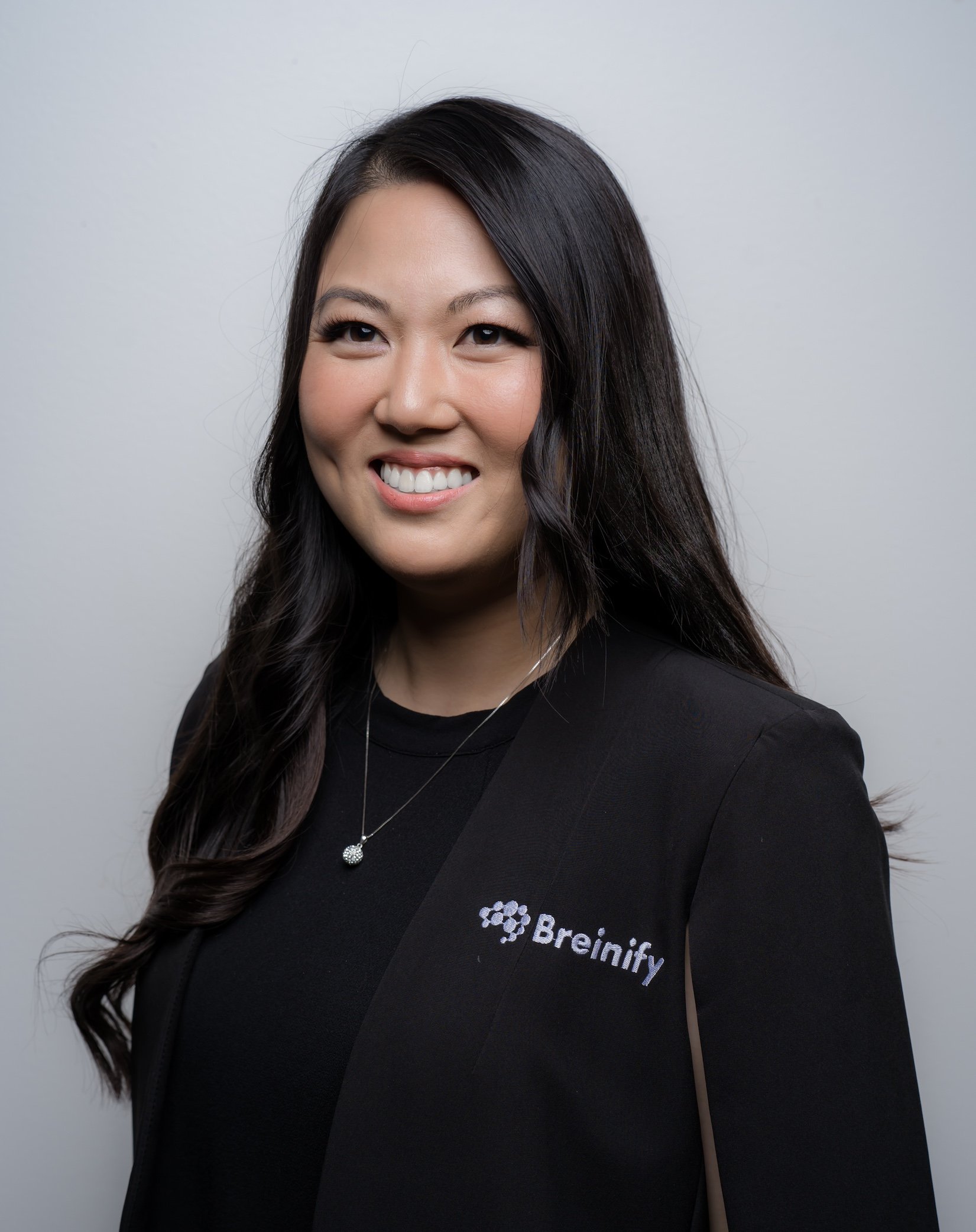How eCommerce & Retail Can Adapt to a Post-Pandemic Market
Article • March 28, 2023 • Written by: Diane Keng
.jpg)
Last month, I had the pleasure of talking with Amanda Razani of Digital CxO about how brands can achieve predictive personalization at scale with Breinify. You can listen to the full conversation here. But I’d like to share some insights from the conversation that are relevant to marketers in eCommerce, retail, and the CPG sphere.
The pandemic propelled brands into a digital-first environment, where they have had to adapt really quickly. As we’re entering a new era of trends following the pandemic, consumers are now interested in going out and exploring other things that are relevant to their day-to-day lives. Retailers are now focused on keeping and attracting those online shoppers that they picked up during the pandemic. At Breinify, we’ve found that it’s really important to balance between discovery, flexibility, and sustainability; i.e. repeating successes as quickly and seamlessly as possible.
The biggest challenges that enterprises face in digital transformation include:
- The size of their teams, too large for cross-team collaboration
- The number of tools in place, too many for seamless integration
- A mismatch of expectations between reaching goals and achieving personalization
As an enterprise, it’s really common that you have to spend six to nine months implementing something before you can test something that’s actually relevant and say, “Is this the right approach for my business?” So the big question is: how can eCommerce and retail brands expedite personalization online? At Breinify we use a “crawl, walk, run” approach. Personalization is a journey and sometimes even big brands are unsure about the type of personalization that will be really relevant and effective for their consumers. You can start off with something that’s a little bit more lightweight, test it out, like taking a banner that you have on your site and making it dynamic. With this lightweight solution, you don’t actually need engineers to get new promos onto the site; let’s start by crawling and then do the walking.
Once you’ve tested something small, you can be a bit smarter and say, “Customer Diane typically plans ahead: they always use shipping instead of picking up in store.” In this example, Diane would respond to a shipping promotion instead of a 30-minute delivery offer. Then the “running” segment is now: can you combine different types of content together? For example, recommending a promotion, as well as a previous product plus discovering new products. And when you blend all these things together, then the consumer is definitely enticed to convert.
To implement your own crawl, walk, run approach, here are a few tips:
-
Work internally to understand your business goals as well as consumer needs. How do you want personalization to come into play?
-
Take it slowly, one piece of the puzzle at a time, but aim for more than just split testing the color of a CTA!
-
Collaborate with the right vendor to expedite the testing process. Your personalization solution can be better than trying to mesh a hodgepodge of tools together, or building a standalone tool in house.
At Breinify, we recommend that brands focus on delivering great digital and omnichannel experiences that drive customer retention. This doesn’t have to include an excessive amount of communication; 53% of consumers say that they get irritated when they see too many ads of a brand. The sweet spot is one where you can both educate consumers and execute experiences that are just focused on anticipating the needs of your customer, not necessarily focusing on quantity, but rather on the quality of the communication.

